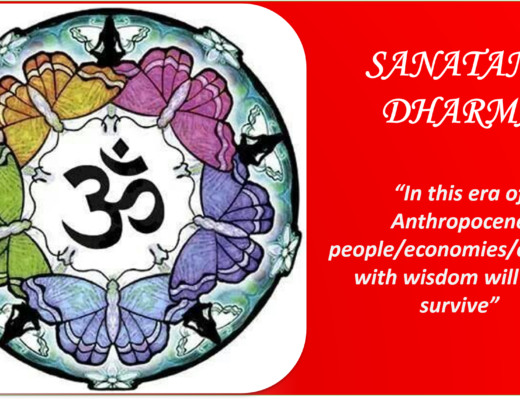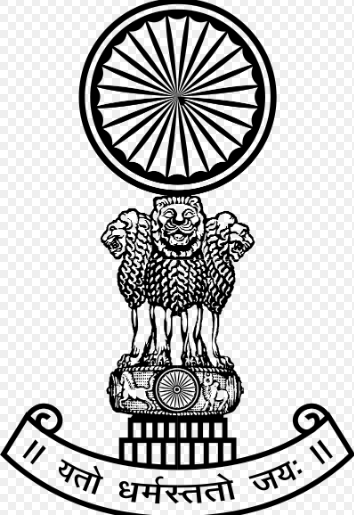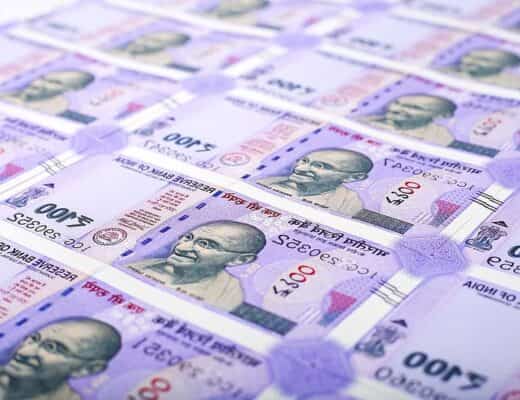Digital Ledger Technologies (“DLT”) commonly referred to as Blockchain, has a lot of promise to solve various issues faced in the path of sustainable development. For a country like India, DLT can play a pivotal role in creating a platform for effective local governance for a range of issues from decentralized energy storage to access issues for the disabled. However, varied factors, internationally and nationally ‘had’ increased the uncertainty for DLT based project continuity.
This article gives us some highlights from an Indian perspective where we stand now on DLT projects, and shows how the future does look bright for DLT projects.
This is one of the first articles written on DLT. This space will be dedicated to bring news on DLT and its intersections with India and Effective Local Governance.
Recap on Distributed Ledger Technology (“DLT”)
Commercial sectors across the globe have seen a stupendous jump with technological advances of cryptocurrency and blockchain technology. Blockchain is a unique class of Distributed Ledger Technology (“DLT”). Whereas, DLT runs a network of computer servers called nodes, they record and share data across multiple data stores known as ledgers.[1] Blockchain is a contrivance that indentures an encryption technique called cryptography. Cryptography is sued in order to protect information through the process of encrypting it, that can only be decrypted if one has access to the key.[2] Cryptocurrencies for instance Litecoin, Ripple, Bitcoin are all secured through cryptography, involving public and private digital keys.[3]
[1] World Bank Group (H. Natarajan, S. Krause, and H. Gradstein), “Distributed Ledger Technology (DLT) and blockchain”, 2017, Note No. 1, FinTech. Washington, D.C.
[2] J. Faulkner, Getting started with Cryptography in .NET, 2016, 3.

Why did RBI ban trading in Virtual Currencies?
In order to understand the future of such nascent technology in India, it is important to look at the Reserve Bank of India’s approach to issue a ban instead of regulating such digital assets. India’s experience with the cryptocurrencies has been indented, same as China or the U.S., though the challenge for India has been law enforcement. India has a large population when compared to that of the United States and to top that many laws are archaic in nature, coupled with an overburdened judiciary, which leads for the lawsuits to be dragged in courts for years without any settlement or verdict. Regulators at the RBI contended that since the judicial process is delayed and considered denied because of such delay, it is better to eliminate the risk all together rather than managing consumer risk.
Supreme Court in Internet and Mobile Association of India v. RBI
Although, with the recent judgement of the Supreme Court in Internet and Mobile Association of India v. Reserve Bank of India, the court rescinded the circular of the RBI issued on April 6,2018 directing financial agencies to disconnect themselves from trading in Virtual Currencies (“VCs”). The Apex Court decided primarily on two issues, first if RBI had authority to issue a circular since VCs should be considered as commodity and second, if such prohibition impacted fundamental right to trade in VCs. It was held that the circular in question was disproportionate as no entity regulated by the RBI had ‘suffered any loss or adverse effect directly or indirectly, on account of the interface that the VC exchanges had with any of them’.[1] Relying on regulatory approaches taken by other countries, the court observed that there exist alternative regulatory measures through which RBI could have achieved their objectives.
This judgement by the Supreme Court does not address the law enforcement issue but initiated a conversation for creating regulations to integrate it into the working of the economy. Looking ahead, we need to foretell possible risks and work around the uncertainties such as criminal activities, financing for terrorist organizations, etc. Instead of running away from tackling these concerns now is the time when we need to proactively take charge, if we want an inclusive policy.
Blockchain and Cryptocurrencies
Blockchain is the spine of the crypto market, the technology instigating variety of cryptocurrencies in circulation. Scope and application of blockchain are not limited to just cryptocurrencies and can be applied in various sectors like governance, healthcare, insurance, supply chain. Cryptocurrency is one specific application of blockchain technology. In India, due to absence of crypto financing there was no incentive for the developers to prioritize blockchain technology. Though, with the Supreme Court overturning RBI’s ban on cryptocurrency the institutional landscape is expected to change and people in the industry should expect an increase in financing opportunities for blockchain technology startups.
NITI Aayog launched country’s largest blockchain network called IndiaChain. Objective behind this full-fledged blockchain network was to speed up enforcement of contracts, boost agriculture, reduce frauds and improve transparency of transactions. Although, even after three years there is no concrete establishment that exists. In the working paper issued by the NITI Aayog in January 2020 titled, ‘Blockchain: The India Strategy’, IndiaChain is still discussed as a recommendation to be implemented in the future, in order to establish India as a vibrant blockchain ecosystem.
With these developments, not only the cryptocurrency market in India but even the blockchain technology startups will benefit. Increased investment because of the opportunities thus created will help other applications of blockchain as well.
[1] N. Dewan, R.A. Naik, ‘Let’s Trade Crypto’, Faculty of Law, University of Oxford










No Comments